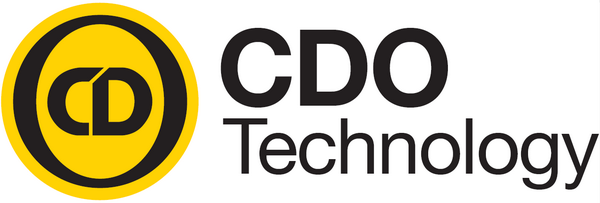
by CDO Technolgy | Jan 4, 2018 | CDO Technology News, Gaming System, Pro Workstations
Happy Birthday CDO Technology – 20 Years in Business!
CDO Technology has been a custom-builder of business and consumer computers, a parts retailer, and a service center in Greenville, SC since 1998. From a humble beginning, CDO now keeps well over 20,000 parts in stock, has some of the very best technical staff in this region and custom-builds both entry level and professional grade servers, professional workstations and gaming desktops for our customers. Our tech repair shop does data recovery and transfers, complete laptop repairs including internal component replacement, mobile device repair, repairs state-of-the-art computers as well as repairs legacy systems, and builds, installs, and maintains business servers and networks. CDO Technology takes the mystery and frustration out of technology by providing solutions to each customer’s specific technology problems. We micro-manufacture computers similar to the way the micro-brewers brew their beer. We use high quality components and blend that with experience and expertise to provide the highest quality customized servers, professional workstations, and computers that run better longer. We also provide a FREE consultation for our business customers on how to make their specific computer systems and technology work better and easier for them.
Most computer manufacturers don’t design and build their computers for the long haul. CDO Technology does! We design our servers, professional workstations, and business systems for each business customer’s specific needs, professionally choose the parts, hand-build them, and provide lifetime service on every system. Our professional workstations are used by engineers, architects, graphic designers, day-traders, web designers, manufacturing product designers, animators, and many more professionals.
Our computers are NOT throw-away or disposal products. Since we design and build our computers for sustainability, they perform at high levels with maximum uptime for many productive years. We also extend the productive life of our computers through proactive maintenance and upgrades with our Lifetime Service Warranty. Sustainability doesn’t just mean long lasting. In our case, it means that they cost less over their productive life than other manufacturer’s computers. The original cost of the computer, the cost of maintenance and computer downtime, the cost of poor performance, and finally the cost of replacement when it prematurely fails all make up the lifecycle cost of a computer system. We complete each computer’s lifecycle by providing a 100% take back or recycling policy for all the computers we sell. We believe our servers, professional workstations, and business systems offer one heck of a value when considering their competitive pricing, long life, and dependable and outstanding performance.
We have a great website, www.CDOTechnology.com where we offer servers, professional workstations, and business systems as well as consumer and game enthusiast computers. They both will provide you with an easy, informative, and pleasurable online shopping experience. While you are there, checkout our online System Configurator where you can choose, customize, and buy your server, professional workstation, gaming desktop or computer to meet your specific needs and budget. For those who want to work with a real person, you can always call, email or come into our storefront for the advice and service from one of our sales experts.
CDO Technology believes that by giving support and advice, selling quality products at a great price, providing fantastic service, and “doing the right thing every time” will keep our customers coming back year after year. And it works! It’s the same reason our sales people will sometimes tell you NOT to buy something from us if they don’t think it’s what you need, and are happy to tell you where to make the purchase if we don’t have what you’re looking for. As of 2018, after 20 years, we’re still growing and grateful to have the opportunity to help those in our community while doing something we love to do.
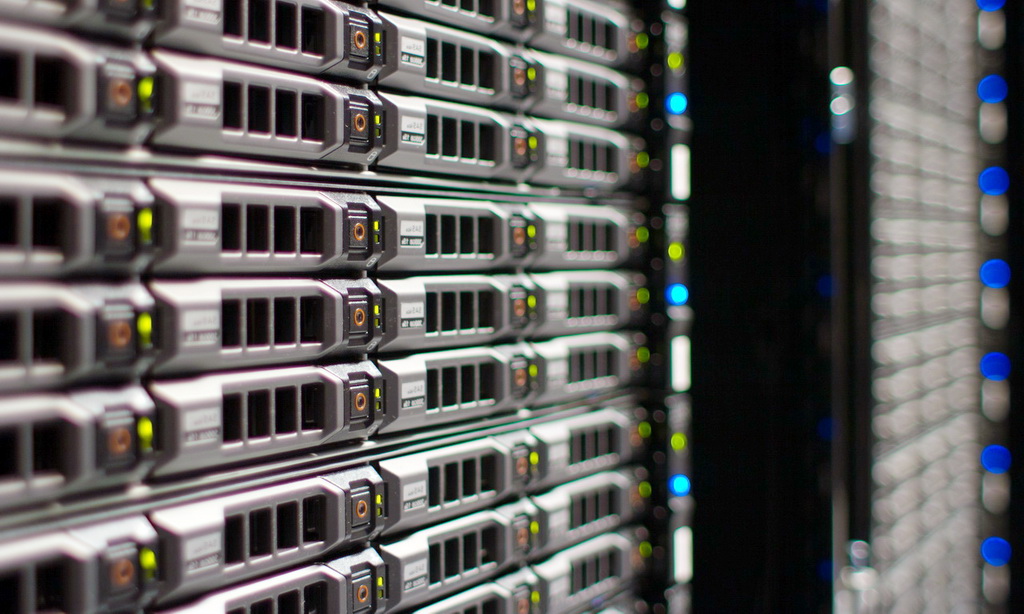
by CDO Technolgy | Oct 19, 2016 | Business Servers, CDO Technology News, Hard Drive, RAID
Here at Computer Direct Business we are often asked; “What is hard drive RAID?”, “Do I need a RAID array?”, “What is the difference between the types of HDD RAID arrays?”. So we have prepared the following post explaining what a RAID array is, the different types of RAID configurations, and the benefits and limitations of each.
RAID
RAID stands for Redundant Array of Independent Disks. If you intend to put your hard drives (HDDs) in a RAID array you will need a RAID controller. To find out which RAID options a particular server or workstation natively supports, please check the specifications for that system’s motherboard.
While integrated RAID controllers provide sufficient RAID options and performance for many users, dedicated RAID controllers are a more robust solution. They support a wider range of array types and have dedicated processors, freeing up the system’s CPU to focus on other tasks. For a higher-end RAID solution where performance and stability are critical, hardware RAID controllers are essential.
For maximum performance and stability, it is strongly recommend that all HDDs in a RAID be identical. There are several variations available designed to meet your individual requirements. Some provide larger, faster storage solutions. Others trade off capacity for increased reliability. Yet others try and accomplish both. Here is a summary of the basic types of RAID available today.
RAID 0 – Striping
Data is striped across two or more HDDs. Each file or set of data is broken into pieces with one part placed on the first HDD, another part written to the second, and another to the third, etc., depending on the number of HDDs in the array. This allows the computer to access data faster than normal, because the data is split equally between multiple physical HDDs that can all be put to use when retrieving data. However, with this speed increase comes a significant danger of data loss. If any HDD in the array fails, you lose ALL the data in the array. Since there is no redundancy, all the disk space is available to be used.
RAID 1 – Mirroring
Mirroring is basically the inverse of striping. Rather than putting pieces of data on each HDD, a copy of every piece of information is written to every HDD in the array. This is usually done with two HDDs, so that if one HDD fails you have a complete and up-to-date backup of everything. In fact, the array can continue to function as long as a single disk is intact and operational. Since all the data is being written to every HDD, there is no performance benefit and only the capacity of a single drive is available in the array.
RAID 0+1
RAID 0+1 combines the performance enhancement of RAID 0 with the redundancy and higher reliability of RAID 1. It requires four or more HDDs and effectively creates two RAID 0 arrays, and then mirrors them. Either array could fail and the other array would be unaffected, continuing to function. However, similar to RAID 1, only half the total amount of disk space is usable.
RAID 10
RAID 10 provides both an increase in performance as well as improved reliability over a single HDD. This is done by creating two RAID 1 mirror arrays and then striping data across them. One HDD can fail and the array should continue to function. Four or more HDDs are required and only half the total disk space is usable.
RAID 5
The key to RAID 5 is ‘parity’ data. Parity data is special code generated when data is written to any array that allows it to rebuild a whole HDD if one should fail. The array operates by striping a given amount of data across all the HDDs except one, and using that one to store parity data. The next piece of data is treated the same, except that a different HDD is used to store the parity data. This way, the total storage available is the total amount of HDD space less one HDD’s worth. Reading data from a RAID 5 array is a bit slower than from a RAID 0, but is slightly faster than a single HDD.
RAID 50
RAID 50 is basically striped pairs of RAID 5 arrays, giving increased performance at the cost of a small amount of reliability. It requires 6 HDDs at a minimum and requires advanced, and often expensive, controller cards.
RAID 6
RAID 6 uses the same basic idea as RAID 5, but creates two separate parity sets. This means it has to have four HDDs to function and loses two HDDs worth of storage space to parity. However, it also means that any two HDDs can fail and the array can still rebuilt without loss of data. Additionally, RAID 6 can scale easily and be used with very large storage arrays while only losing a small portion of their overall drive space. For example, a 10 disk RAID 6 array would still have 8 HDDs worth of storage space and be able to handle two HDD failures. Reading data from a RAID 6 array is not quite as fast as it would be from a RAID 5, but it is still faster than a single HDD.
RAID 60
RAID 60 is a striped pair of RAID 6 arrays, giving increased performance at the cost of a small amount of statistical reliability; however, it requires 8 HDDs at a minimum and requires advanced and often expensive controller cards.
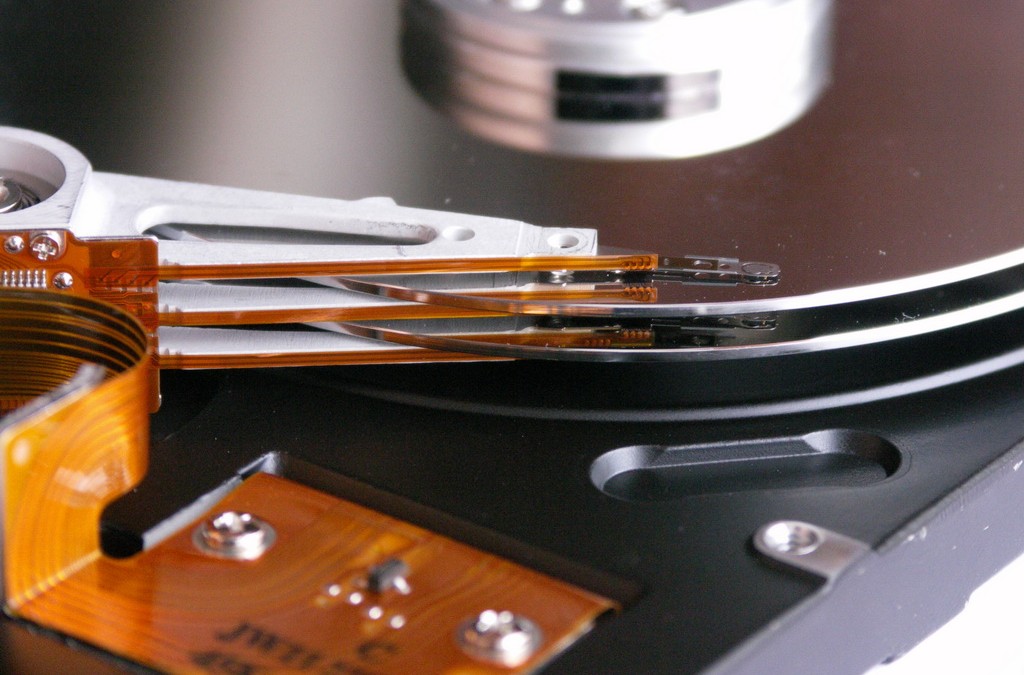
by CDO Technolgy | Apr 2, 2015 | CDO Technology News, Hard Drive
CHOOSING BETWEEN HARD DRIVES AND SSDs
Today’s workstations come with more options than ever before. Once you’ve determined the specifications that you need for your business, there is one more decision you must make: should you get an SSD drive or a SATA/HDD drive? In this post, we’ll explain and explore both so you can make an informed decision.
SATA/HDD
Technically, SATA (Serial Advanced Technology Attachment) isn’t a drive but the interface between the HDD (Hard Drive Disk) and the computer’s motherboard. Most people use the two terms interchangeably, however, as they work together.
The HDD has been around for close to 60 years and has been the standard for personal computing and workstations. This type of drive has a spinning platter where data is stored through magnetism. The faster it spins, the faster the drive performs.
The biggest advantage to a SATA drive is that you can store enormous amounts of data very inexpensively. As technology advances, the amount of storage available continues to grow. One usually sees drives that hold a terabyte or more. The maximum amount of SATA storage for a workstation is currently about 8 terabytes. An advantage is that it cost about 80% percent less per gigabyte than the cost of a SSD drive.
SSD
Rather than using magnetism to write data to a physical disk, the SSD (Solid State Drive) stores data in microchips so there are no moving parts involved. Instead, it uses what is known as flash memory and a controller (the brain of the SSD). While the very first SSD drive was produced in 1976, it wasn’t small enough to achieve common use until this century so effectively the SSD has been in use for only about 15 years.
The biggest advantage with an SSD drive is the added speed and performance. Boot up time for a workstation will be much faster over a SATA drive. Programs will open virtually instantly and data is written at much greater speeds than conventional SATA drives. A disadvantage for the SSD is that it cost, on average, about 5 – 6 times as much per gigabyte as compared to a SATA drive.
At this point in time, form factor is not an issue but as technology advances, the SSD could have a distinct advantage. Currently, both types of drives are contained in standard size housings from 1.8” to 3.5” but that is only so manufacturers don’t have to make multiple cases and connectors – both types of drive could go in the same case. However, HDD can’t get much, if any, smaller than they are now but there is no such limitation on the SSD. If we are to truly see powerful computers in smaller sizes than now, it will be by using SSD technology.
Pros and Cons Comparison Beyond Price and Capacity
SSD drives use half or even a third of the power that a SATA drive does: 2-3 watts versus 6-7 watts. With multiple workstations in an office, that can make a definite difference in the electric bill. In a laptop, the battery charge will last 2-3 times longer with an SSD drive over a SATA.
When a workstation must perform as fast as possible, users will see a noticeable difference between the two drives. Boot time for an SSD drive is as little as 10 seconds while a SATA boot time could take at least 30 seconds and more. File open speeds are up to one-third faster with even the lowest end SSD drive.
Performance speed is also greatly enhanced with an SSD drive. Almost all SSD drives will write files at over 200 MB per second and some advanced drives can perform at over 500 MB per second. The range for a SATA drive can be as little as 50 MB per second and maxes out about 120 MB per second. When running some software, the SSD drive can make a huge difference in speed and output, particularly when using applications such as video editing software or graphic files.
Current generation SSD controllers have evolving technologies like compression, de-duplication and high-level encryption protocols. They protect the security of stored data, and provide up to 100x more data protection than leading enterprise hard disk drives. Since many SSDs are encrypted by default, it can act as an obstacle to data recovery if the need arises. This results in a much more difficult and expensive data recovery process for SSD drives than for SATA drives.
Noise level and vibrations are very different between the two drives. SATA drives will always make more noise and vibrate more because of the spinning platter. They will make clicks and whirring noises because of the moving parts and these noises tend to grow over time. If multiple workstations are present, the noise level can be rather annoying. Since there are no moving parts in an SSD drive, there is no vibration or noise, making for a much quieter workspace.
With a traditional SATA drive, users must put time into regular maintenance for defragmenting the drive. As a computer is used, files get modified or deleted. Since the data is physically recorded on the disk, the free space is constantly changing. As the drives fills up, files become scattered and free space also becomes scattered around the disk. This fragmentation causes the system to slow down and can cause memory issues. This is not an issue with SSD drives.
SSD drives are more durable than SATA, mainly due to not having any moving parts. A SSD drive is also unaffected by magnetism so that gives your data a bit of added security.
Shopping for SSDs
When it comes to purchasing an SSD, there are a variety of factors to consider. Just as anything else, there is quite a range in price and features, but here are the main things to look at.
- Speed – Both high maximum speed and high real-world speed should be compared. The manufacturer will tell state the maximum speed that the SSD will achieve while reading or writing data. Just keep in mind that real-world speeds will almost always be lower. You can find average real-world speeds by reading reviews on reputable websites that do testing on the products they review.
- SATA – The best SSDs today will have SATA III support which is the latest and best version of the SATA interface. SSDs are backwards-compatible but they will not perform at the optimum level without being compatible with SATA III.
- Error Correcting Code – ECC (error-correcting code) enables a higher level of reliability from your SSD, as well as keeping costs down by using the MLC flash memory. ECC allows your SSD to find and fix many common types of data corruption.
- Company Track Record – Do your due diligence in investigating the manufacturer of any SSD you’re considering, as well as on the specific drive. With a relatively new technology, it is almost always safer to go with a company that has been working with SSD long-term. Check review sites, particularly those that offer user ratings, to make sure that you get an SSD with a high rating.
Best of Both Worlds
For companies that need both high performance and high storage, there are three workarounds to the storage limitations of an SSD: dual drives, external SATA drive, or cloud storage. For extreme storage, or even just as backup, a combination of two options is certainly feasible.
Dual-drive workstations have a smaller SSD drive that holds the operating system and programs along with a SATA drive that stores the resulting files. Naturally, two drives necessitate a larger form than a single drive, but in a stationary workstation this shouldn’t matter too much.
External drives can be purchased very inexpensively these days and are easily used for increased storage capacity. One thing that is nice about external drives is that they can be detached and stored during off-work hours for added security. To use this option is easy – simply work on the computer as normal but when it’s time to save the work, save it to the external drive rather than the internal one.
Cloud storage is just about infinite so can also be an excellent option. Of course, cloud storage of any size will come with a price but for many, it’s well worth it and is quite inexpensive.
Many companies find that using both an external drive and cloud storage gives them an additional layer of protection for their files. This way, they have two back-ups for all files, with one being on-site and one off.
Conclusion
At the end of the day, the decision must be made according to a company’s unique needs and budget. Storage size limitations are really a moot point these days, thanks to cloud storage. For those companies where speed in booting up and overall performance is critical, then it is worth spending more. Remember to backup your data so that if whichever drive you choose fails, your critical data will be safe and sound.
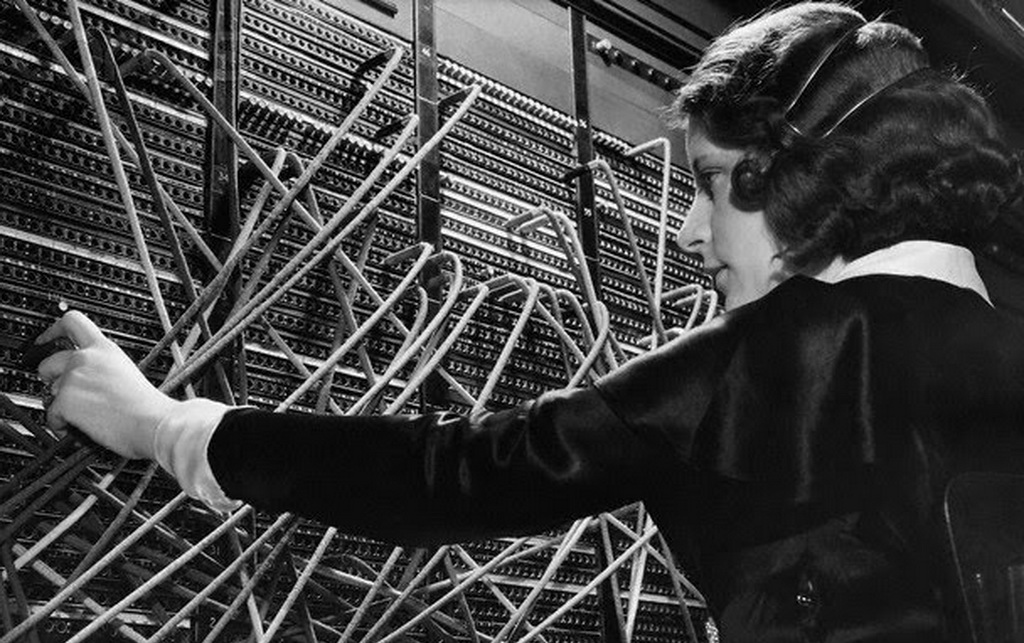
by CDO Technolgy | Oct 24, 2014 | CDO Technology News, Input Devices
What is a KVM Switch?
One of the most useful technological devices for home and business situations is the KVM switch. The name is technically “keyboard, video, and mouse switch.” KVM switches save time by allowing one to view multiple computers on one monitor by switching among them, instead of having to walk to a different monitor every time something needs to be done on another computer. KVM switches are typically used in businesses because some KVM switches can handle up to thirty-two computers. This makes KVM switches very helpful in cases of multiple servers, especially when several servers are on the same rack. Although all KVM switches do virtually the same thing, there are some differences.
 The most important difference that must be taken into account is the type of video signal to be used. KVM switches are primarily made with either DVI input and output or VGA input and output. Although VGA is the older, analog video signal; it is still the most commonly used. The video outputs of the single monitor and the computers or servers help determine what kind of KVM to use. If the monitor has only one video input (frequently VGA), then all the computers must have the same video output. KVM switches will not convert video signals. When the monitor has both DVI and VGA input, the video outputs on the computers will determine which KVM is best for the situation.
The most important difference that must be taken into account is the type of video signal to be used. KVM switches are primarily made with either DVI input and output or VGA input and output. Although VGA is the older, analog video signal; it is still the most commonly used. The video outputs of the single monitor and the computers or servers help determine what kind of KVM to use. If the monitor has only one video input (frequently VGA), then all the computers must have the same video output. KVM switches will not convert video signals. When the monitor has both DVI and VGA input, the video outputs on the computers will determine which KVM is best for the situation.
Another factor to look at on KVM switches are the connections needed for peripherals. The majority of older and still many current KVM switches use the PS/2 connections for the mouse and keyboard for each computer. Many newer KVM switches use USB ports instead of the PS/2 connections. This is primarily because the majority of newer computers support fully bootable USB devices, and most peripherals are USB.
KVM switches are also often connected with special cabling kits that usually bind the video and PS/2 or USB cables together. In some cases cat5 cables are used to connect computers to the KVM in conjunction with other cables depending on the specific KVM switch. Some KVM switches now include audio input and output jacks stepping up the experience to include audio with video. Usually at least some cables are included with a KVM switch when it is purchased. The cables usually included are those for peripheral devices and/or audio.
KVM switches are valuable tools. KVM switches are ideal for saving time and energy when large arrays of computers or servers are involved. They also provide a variety of connections to fit almost every situation. Using a KVM switch is one of the best ways to conserve resources and to get the job done just a bit easier.
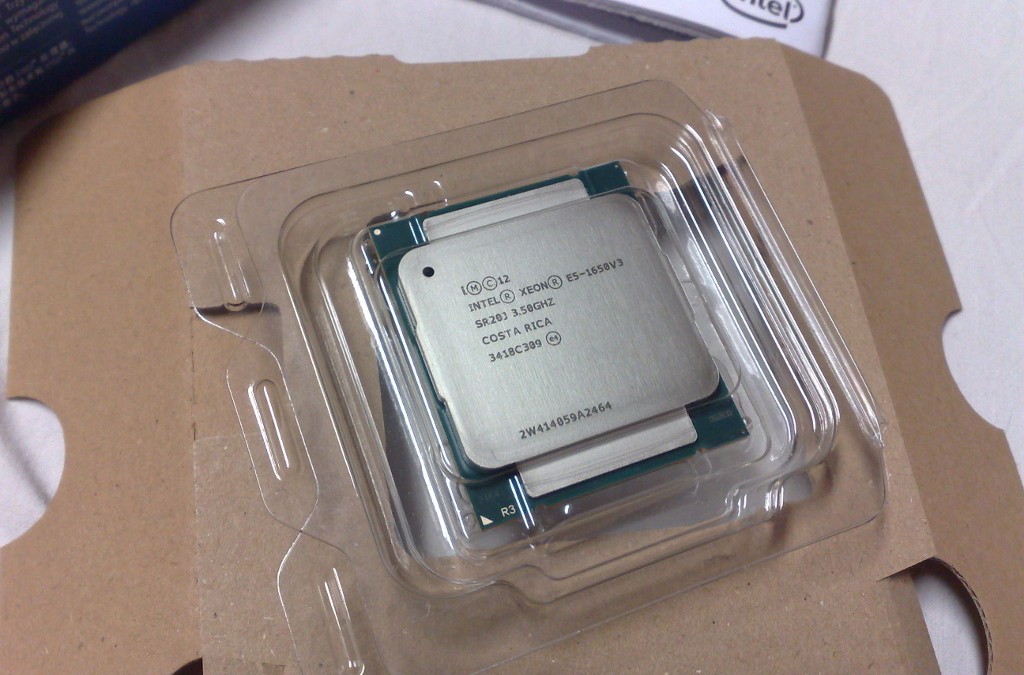
by CDO Technolgy | Sep 8, 2014 | CDO Technology News, CPU, Intel
The one constant in the world of technology and computers is change. No matter how innovative a product is, there always comes a time for updates. So naturally, when Intel initially announced its plans to update its i7 and Xeon CPUs, the news was met with interest. Now that both CPUs are finally out, the market finally gets to give a verdict.
What specifically has changed? Is the buzz around the new CPUs a bunch of hype and nothing more?
If you want to know more about Intel’s latest iteration of its i7 and Xeon line, then you’ve come to the right place.
The Basics
i7
As has been touched upon, the big pull for Intel’s i7 is its long and storied reputation as an unbelievably fast consumer model. Heralded for its developments in memory access and the ease with which it accommodates graphics cards, the i7 has been enthralling enthusiasts and professionals for years.
Xeon
The Xeon is a larger core that’s designed with IT professionals and businesses in mind. Noted for its high-end performance, steady innovation, and unique designs, this workstation CPU has addressed many a company’s tech-related concerns.
Notable Changes
Xeon
Released in connection with Haswell-EP rather than Ivy Bridge, the latest Xeon CPUs are actually a family of three chips with 8, 12, and 18 cores respectively. The new releases transmit more information, greater efficiency via its volt management, and overall speed compared to its predecessors.
i7
Also released via Haswell-EP, the newest version of the i7 is actually Intel’s first 8-core offering to the consumer market for those who opt for the higher-end version. Additional changes include the use of a new chipset, a whole new CPU socket, and DDR4 memory.
For Better or For Worse?
Of course, history is riddled with new releases that turned out to be substantially worse than their predecessors. Do the Xeon and i7 fall under this category? Here’s a closer look at some of the biggest key changes.
DDR4 Memory
In the i7, the DDR4 replaced the DDR3 of the previous editions. For pc users, DDR3 memory currently takes up massive amounts of space and power on a PC. DDR4 is a recent development but it’s already proven itself as a more efficient way to handle memory.
8-Core and 18-Core
Although the addition of extra cores increases power, that power comes at a price. In this case, the cost is a reduced turbo frequency. While the i7 and the Xeon are still lightning fast even with the extra cores, reviewers have noticed a sight trade-off.
LGA 2011
The ability to upgrade is a crucial factor in determining the shelf life of technology. Intel’s decision to make both the i7 and the Xeon compatible with LGA 2011 (aka Socket R) bodes well for those who may wish to combine CPUs in the future.
These days, companies and consumers want more flexibility, more power, and better performance from their computers. Through the recent release of the I7 and Xeon CPUs, Intel has shown that it’s up to the challenge. With the integration of new technology and a new socket, the company is also clearly planning for the future.

